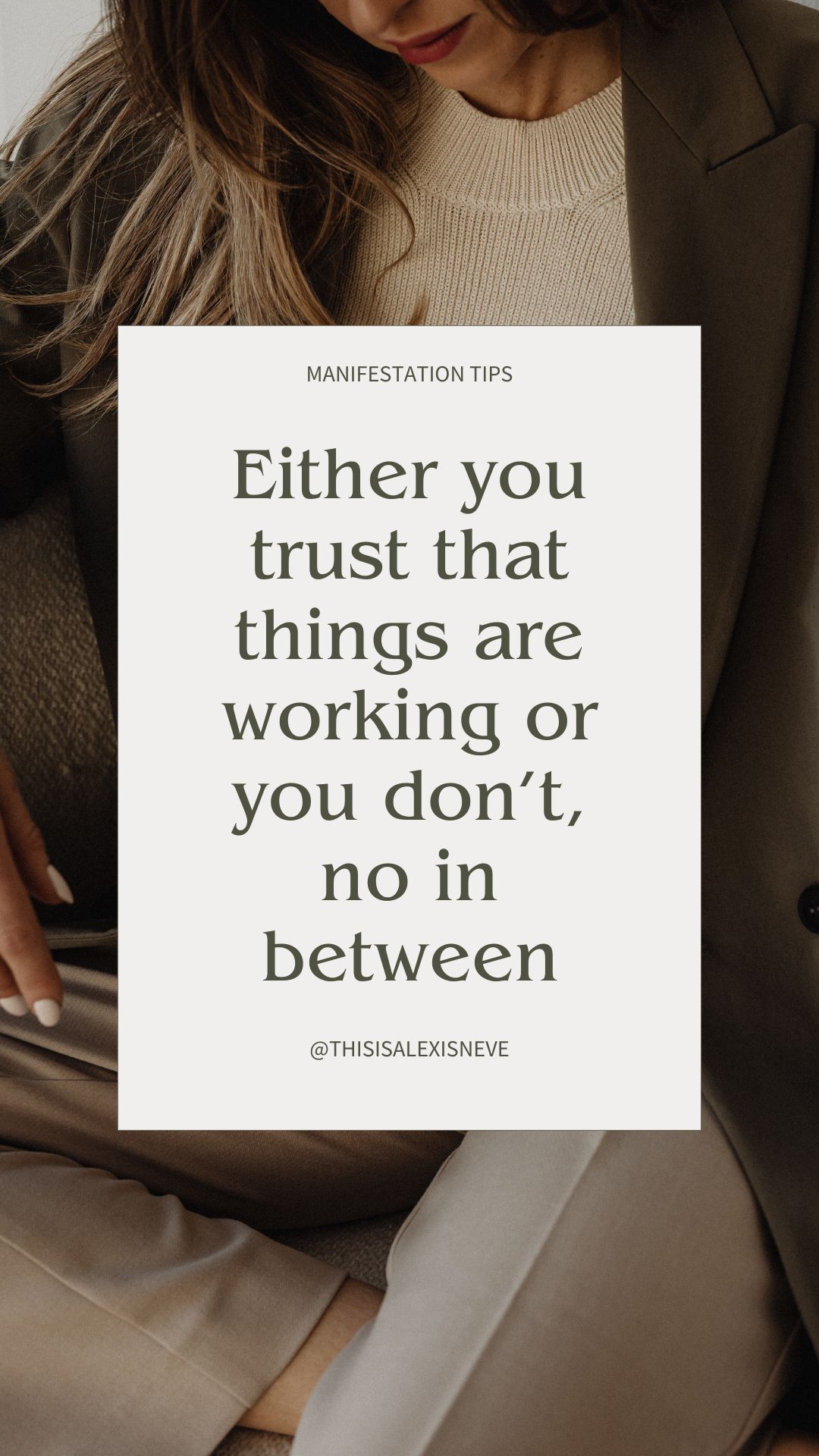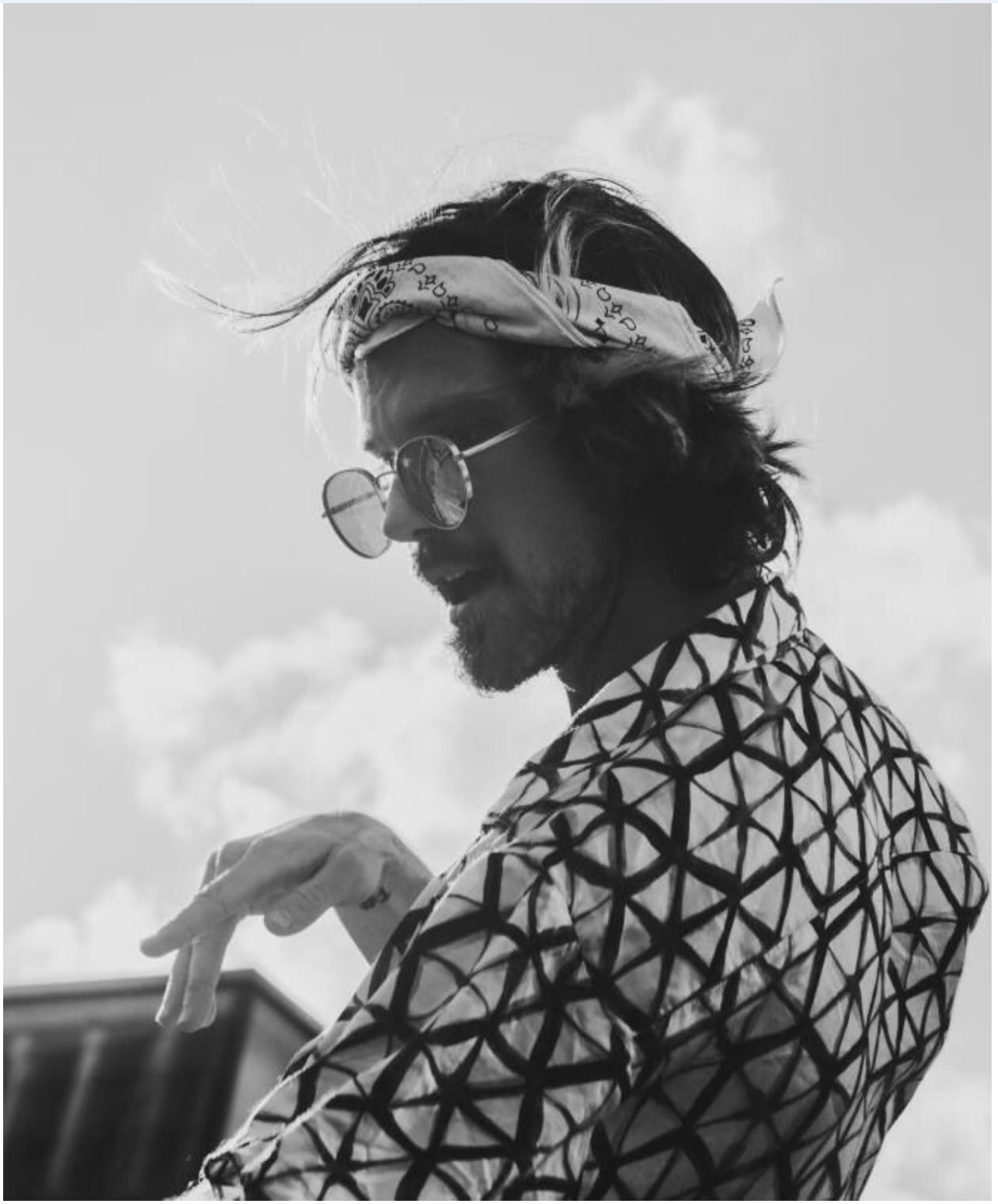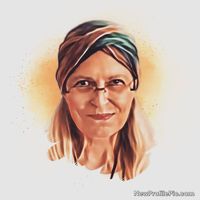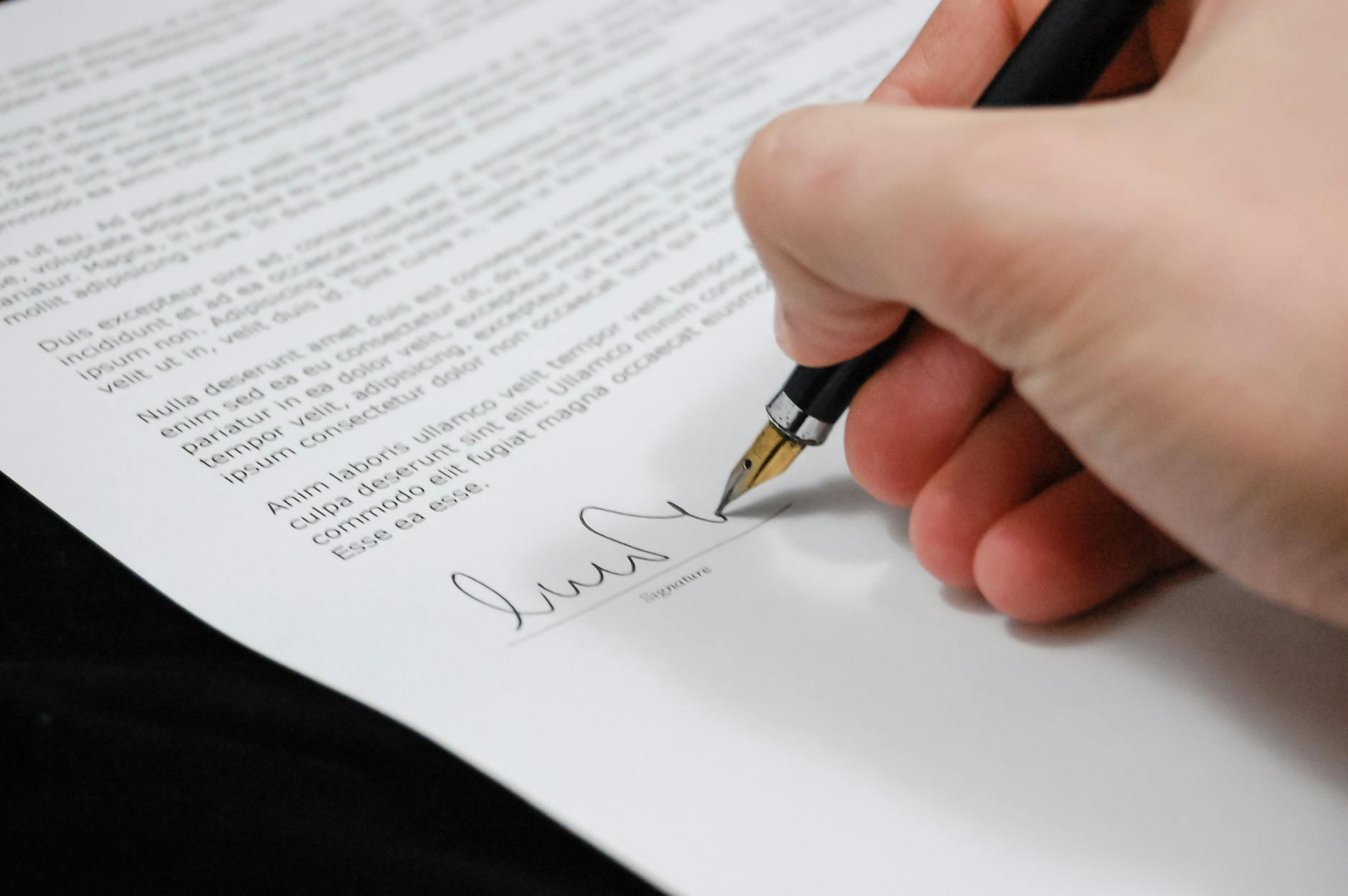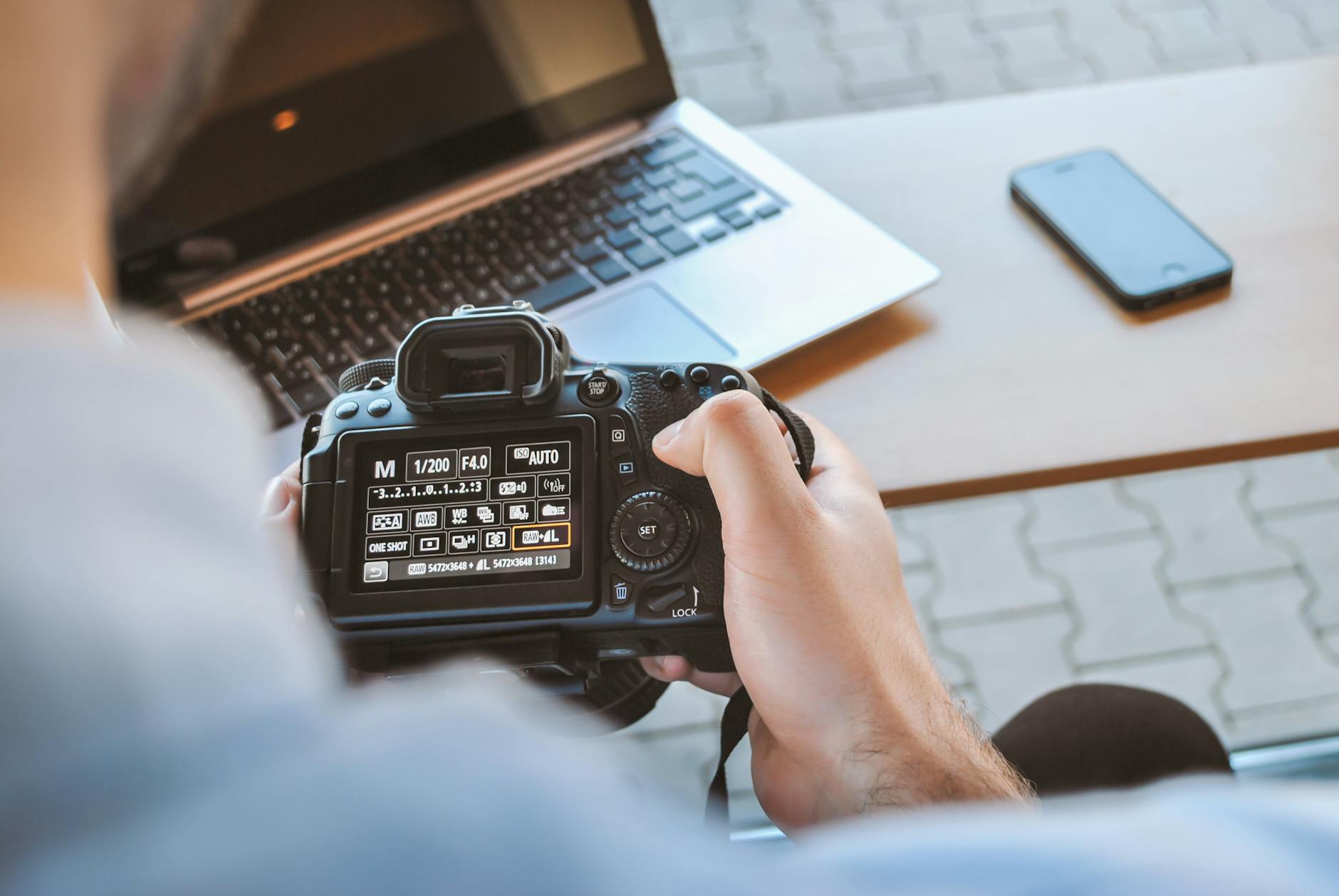I was listening to the Off the Grid podcast today on lunch break (highly recommended if you have a love/hate relationship with social media), and the host introduced me to an idea I was unfamiliar with, the Insta-bae business.
The following post contains affiliate links. It’s only carefully selected retailers I wholeheartedly support. When you purchase something you want, I get paid a small percentage at no extra cost to you.
The concept of Insta-bae came from Japan back in 2017 and means “something that would look good on Instagram”. Articles suggest it would translate literally as “to shine” but the verb 映える also means to look attractive. Either way, file under things that could be said of Mamoru Miyano (iykyk).
The episode goes into the traps that people can fall into if they try to build a business for the ‘gram, that is using the influencer model, but its scope did not extend far enough to cover the difference between building a brand aesthetic and having an insta-bae business, so I’m here filling the gaps.
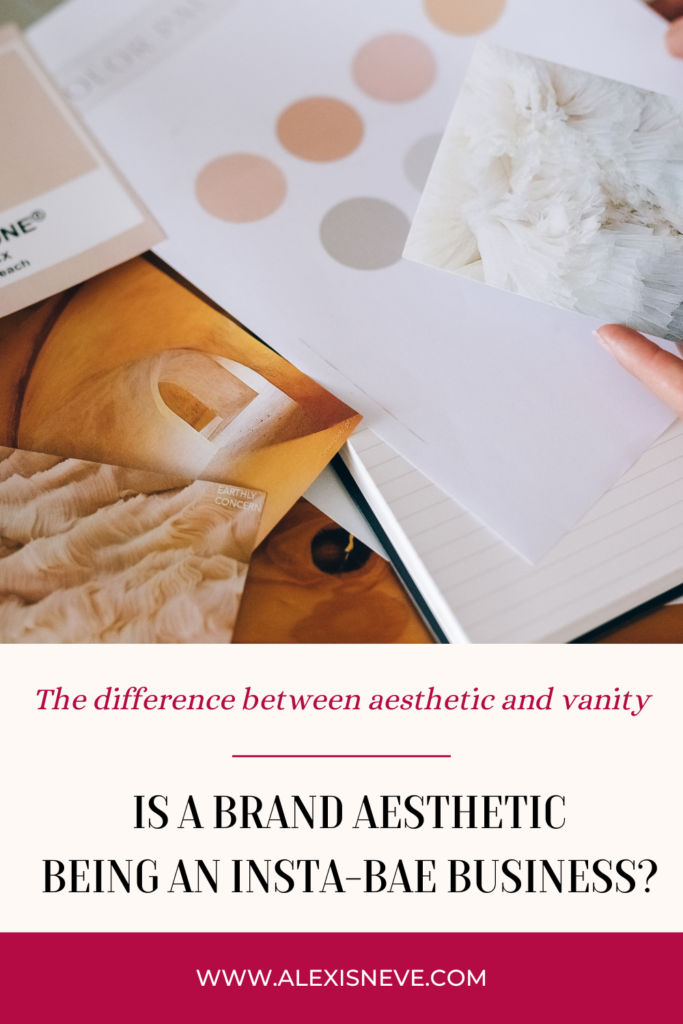
What is a brand aesthetic?
A brand aesthetic is the combination of “colour, scale, balance, shape, movement, pattern, and visual weight which demonstrates the tone, mood, style, and personality of your brand”. In the case of a personal brand, even things like your mannerism and expressions.
One of the most instagrammable areas in London is the bit of the King’s Road past the old Town Hall where you have the Ivy for the seasonal floral backgrounds, or the bright pink façade of Peggy Porschen. Both establishments have clear, recognisable brand aesthetics, but it’s hard to accuse them of being insta-bae businesses.
What makes a business insta-bae?
Amelia’s suggestion on the podcast is that a business is insta-bae when the preoccupation of the business model is to look good on Instagram, and success is measured in vanity metrics. I recommend you go and listen to the episode to get more clarity on that point.
Having a business that looks good on Instagram does not equate an insta-bae business. It matters that you built the business to have a strong foundation. There’s a difference between an aesthetically pleasing branding, and “looking good on paper.” Think of the power couple that looks all smiles at parties but you know they fight a lot.
And as she rightly points out, vanity metrics are not always useless metrics. They are, however, marketing metrics, and not what we should judge the business by. We can judge the other metrics in correlation, but it’s the financial metrics that count.
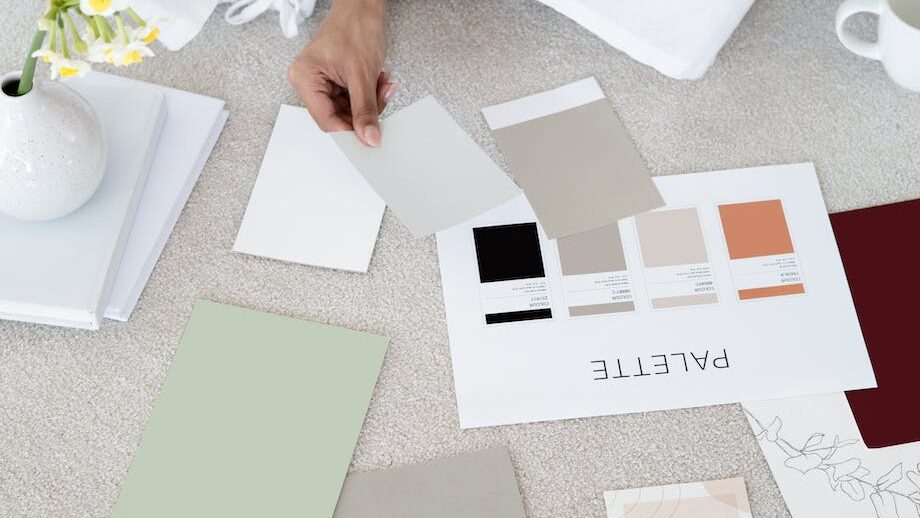
The experience economy
In 1998, the theory of the experience economy started to gain traction in business circles as American consultants Joseph Pine and James Gilmore argued that a marketable experience occurs “when a company intentionally uses services as the stage, and goods as props, to engage individual customers in a way that creates a memorable event . . . ”, as discussed in a Financial Times article on Insta-bae.
For brick and mortar businesses these considerations seem a lot easier to grasp than for service and product-based ones. Although brands like Glossier have successfully capitalised on User Generated Content (UGG) long before everyone else. Brands that fit in with the lifestyle aesthetic of their customers can access marketing avenues without paying extra for them. All they need is investing in their products and packaging.
In reality, while it may be subtle, whenever we interact with a brand we are having an experience of it.
The brand experience
The word experience means “observation as the source of knowledge; an event which has affected one.”
If you have been in my world before, especially through my podcast, you know I am a language nerd. I did classics in high school and never waste a chance to show that. Hopefully my parents will one day stop moaning about how much my education cost.
You are having an experience of my brand as you read this very article. I (not by ChatGPT) wrote it, sitting at a messy table overlooking a signed photobook of a Visual Kei artist. So far you can tell I have a self-deprecatory sense of humour, and a love of pretty things. And the habit of writing on the fly, since it’s going live the same day as the episode came out.
Honestly there’s more I could say about the blogging schedule, but that’s outside the scope of this post.
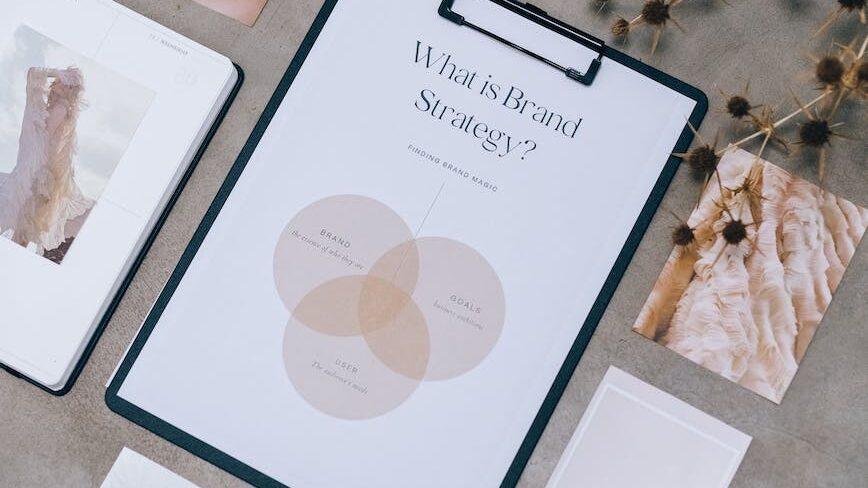
Your brand aesthetic matters
There are two reasons why I specialise in personal branding photography as one of the things that I do.
- I spent over 10 years of my life trying to gain my parents’ approval by having “a real job.” Now I have an expertise in branding and marketing. Using it in my photography business makes it a useful experience and not a waste of my 20s.
- I have a passion for seeing people who don’t fit in with societal expectations succeed, especially other women. Marketing is a key pillar of business: if nobody knows your amazing stuff is there, nobody can appreciate it. So it’s a no-brainer for me to share this expertise so that I can help others live a life they don’t want to escape from.
I chose brand aesthetics and visual brand storytelling because I am a very visual person. They’re not the only areas of marketing that I am qualified in. But it’d be pointless if I helped others build their perfect business only for me not to jump out of bed with excitement about going to work in mine. And I have a Capricorn stellium, it shocks people but I legit looove to work.
Anyway, ADHD brain going off a tangent. Sorry. Your aesthetics matter not just because I say so so I can plug my services using psychological tactics to make you feel like you need something you don’t. Here’s the data.
Input Bias
In 2008 book on behavioural economics Nudge: Improving Decisions about Health, Wealth, and Happiness, professors Richard Thaler and Cass Sunstein introduced the idea of choice architecture. I looks at how the way we present choices to people influence their decisions.
One bias we can leverage when presenting a choice is the so-called input bias, which means that we tend to value things more when we perceive them to have been the result of more effort.
And, you probably guessed it, one way in which we make such decisions is through the unconscious inputs of visual cues. We’re all familiar with the idea that we make a first impression of a person within less than 10 seconds of first seeing them. The brain works the same way with brands.
Websites with great imagery get 94% more views. 68% of Brits admit that aesthetics encourage the purchase of a product or service from a website. If you think it’s frivolous to think about your brand aesthetics you may be leaving money on the table.
Costly signalling
Costly signalling is a bias that is, in some ways, linked to the input bias, as carefully curated and professionally made websites etc do take time. However, it’s more specifically about how “the meaning and significance attached to something is in direct proportion to the expense with which it is communicated”, as defined by Rory Sutherland, author of Alchemy: The Surprising Power of Ideas that Don’t Make Sense.

One thing that the team at Tonic Site Shop are great at, other than banter on Threads and chaotic good newsletters, is making it more accessible to have a designer-made website for a fraction of the cost. All the testimonials they showcase report impressive results just from having one of their templates. That’s costly signalling in action (and if you want in on it, you can grab your own template for 15% off with my affiliate code at the link above. Just use alexisneve at checkout).
The Mere Exposure Effect
If you’ve ever heard that you need consistency (in brand identity, how and when you show up online, the topics you talk about etc) to build trust, this is one of the cognitive biases behind it.
This bias is about our tendency to develop a preference for something we are familiar with. For example, I would not consciously define myself as someone who likes neutral colours, however a lot of brands I follow online and buy from have a neutral palette. Coaches whose branding is bright and bold feel a little jarring and not for me because I’m so used to the algorithm pushing a more muted aesthetic on my feed.
And it’s not an unfair assessment, since I probably would say my aesthetic is the art in the game Nil Admirari No Tenbin. I just tend to think of it more for the blacks because it’s a dark fantasy, but there’s a lot of beige in Taisho-era clothes and interiors that’s reflected in the game’s aesthetic. But I love a good red heel and accents, and a lot of the more earthy tones in the brands of people I like would not immediately scream “me” to anyone who knows me. The familiarity, though, makes me feel good about them.
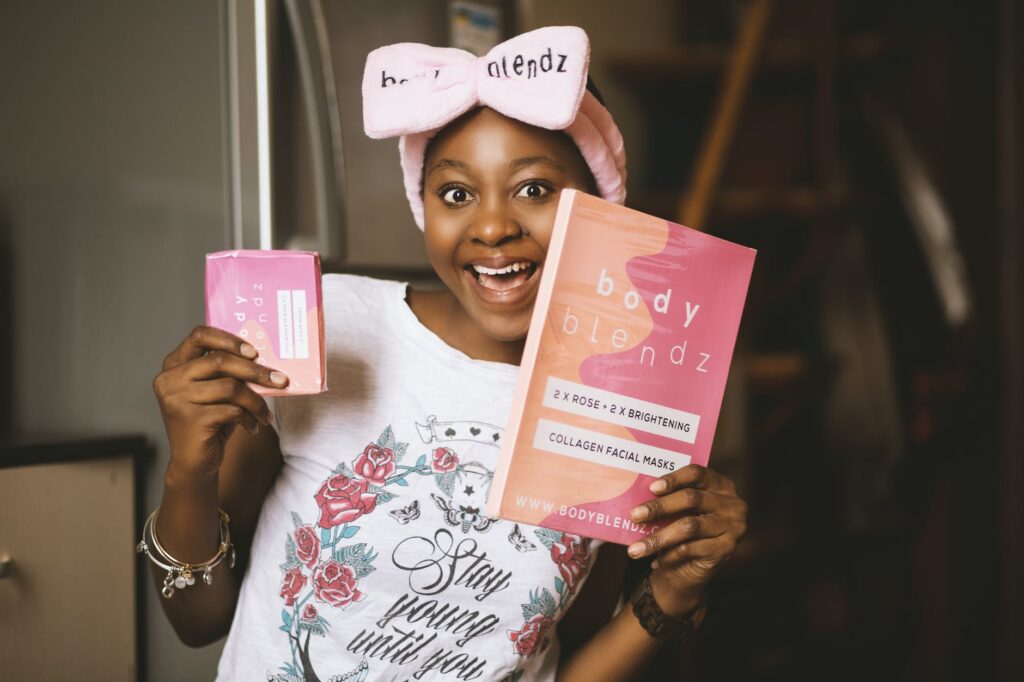
How to craft your brand aesthetic without the Insta-bae traps
If you are now convinced that your brand aesthetic is a powerful marketing asset to add to your business, there are ways in which you can prioritise building one without falling into the Insta-bae traps that Amelia talked about on the podcast.
First of all, remember that it is a marketing asset, and a marketing strategy is not the business. It’s what promotes the business. You need to build the business on the right foundations first.
Vanity metrics such as likes and followers are not bad per se, but they need to be contextualised with stronger ones: are they translating into clicks through to your website? Email sign-ups if you have an email list? Enquiries? Purchases?
Social media, blogs, podcasts etc are the top of your marketing funnel, where you raise brand awareness and, hopefully, build credibility as an expert (yes, you can be an expert at something without being stuffy, using jargon, and even while making jokes about voice actors. If you don’t want to take my word for it, take Dr Michelle Mazur’s).
If you are taking your first steps in building your brand aesthetics, you might find value in my 3-part series on visual brand storytelling. It’s helpful even if you are not going to use social media as part of your toolbox, since your website is the digital equivalent of a shop front.
And if you are still at the first stages of building a business on the right foundations, I have a list of recommendations on Bookshop.org (where I’m an affiliate, as it allows you to support independent bookshops while shopping online).

